Gorizia and Nova Gorica: twin towns united in culture
Europe's first 'borderless' Capital of Culture reunites two towns – one in Italy, one in Slovenia – that were split apart by war
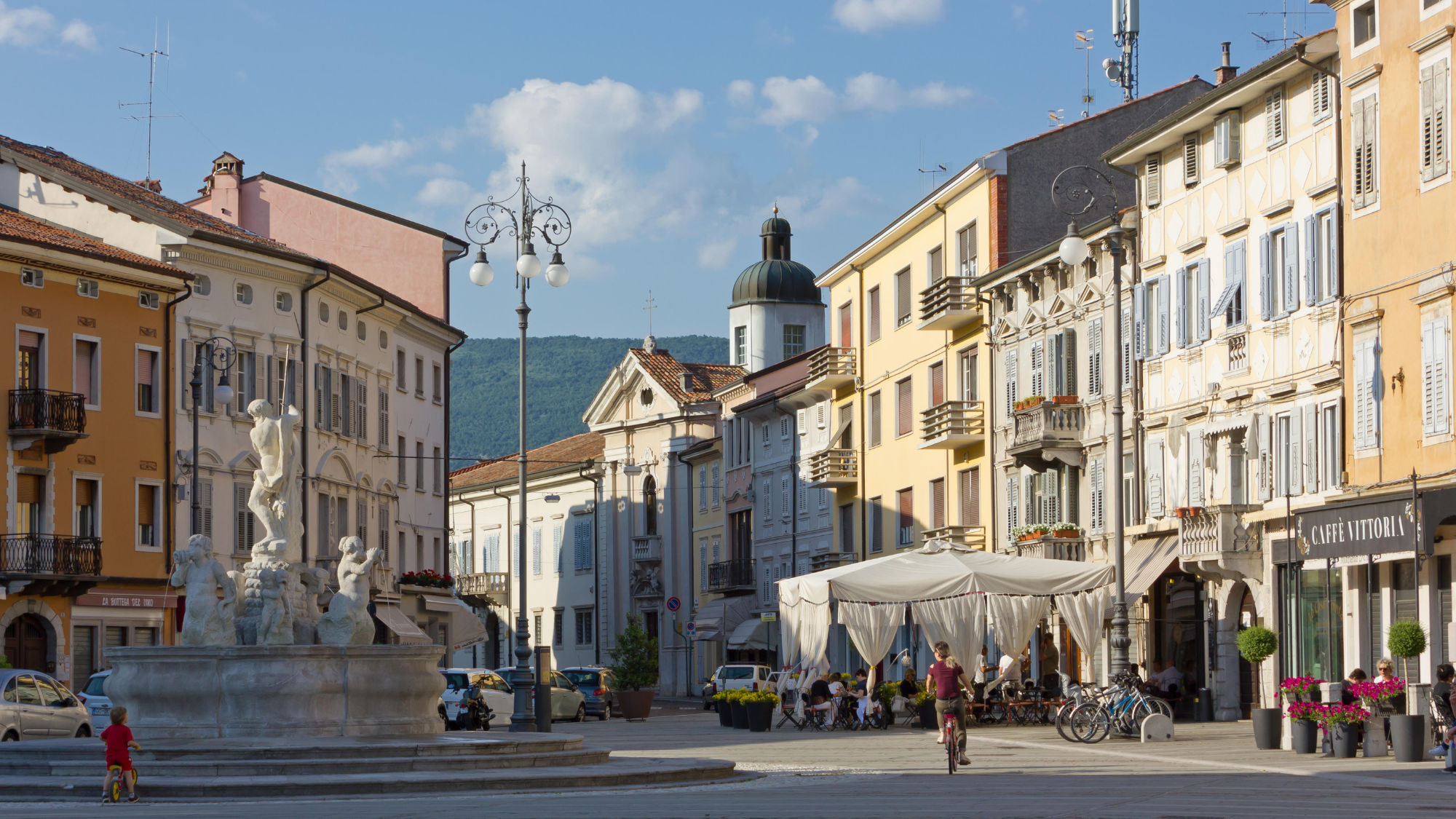
Nestled at the foot of the Julian Alps, Gorizia is one of those "rare hidden gems that is simply not on the radar of most tourists, or even most Italians", said John Brunton in The Guardian. At the end of the Second World War, the town was "unceremoniously split" between post-Mussolini Italy and communist Yugoslavia, with a "brutal metal barrier" separating the two halves.
Now, those two halves, Gorizia in Italy and Nova Gorica – the "idealistic" new town established on the other side of the border in 1947, in what is now Slovenia – are set to become the "first-ever single European capital of culture to combine cities in two countries".
While the towns have garnered "little attention" over the years, "all that is set to change". Starting in February, an "ambitious" calendar of 600 cultural events will kick off in both towns, spanning everything from art exhibits and film viewings to live shows and music performances.
The Week
Escape your echo chamber. Get the facts behind the news, plus analysis from multiple perspectives.

Sign up for The Week's Free Newsletters
From our morning news briefing to a weekly Good News Newsletter, get the best of The Week delivered directly to your inbox.
From our morning news briefing to a weekly Good News Newsletter, get the best of The Week delivered directly to your inbox.
While both towns are "cut from the same cloth", there's a stark contrast between them, said Noah Charney on BBC Culture. Gorizia is "old-worldly, cobblestoned and lined with lively cafes", while Nova Gorica is a Modernist town with a "relative newness" and "concrete architecture laid out in lines". It may seem "unglamorous" at first but look carefully and you'll soon discover "hidden gardens, crumbling palaces and tucked-away Social Realist frescoes".
There isn't any checkpoint or barrier between the two towns, so you won't realise when you cross between them. But the border is officially marked at the Piazza Transalpina (Transalpine Square) in front of the main train station where "tourists line up" to have their picture taken standing half in Slovenia, half in Italy. The square has been "transformed" into a cultural, performance and museum space that includes "an underground art gallery and amphitheatre-like step seating that rise up like wings on either side of the border point".
In Gorizia, the "sunny terrace" at the Mama Angela bar is an ideal setting to sip orange wine and marvel at the "glorious baroque church" and "romantic pastel palaces" in the Piazza della Vittoria, said Brunton in The Guardian. After stopping for a tipple, consider renting a bike and cycling to Smart Space – a "cutting-edge" multimedia museum that provides a comprehensive introduction to Gorizia's "complex history", complete with "startling virtual-reality experiences". It's also worth visiting the "light-hearted" Italian smuggling museum at the border, which has a "fun" Escape Room.
Restaurants in Gorizia are "reasonably priced, refreshingly informal and full of friendly locals", said William Cook in The Telegraph. Expect "hearty, meaty" dishes, "served with Italianate finesse". Ristorante Rosenbar and Trattoria Alla Luna are safe bets, but "even if you take pot luck you can't go too far wrong". And for a "great value" hotel, consider checking into the Grand Hotel Entourage: the rococo building is "very grand indeed" but has a "warm and homely" atmosphere, with "pleasantly old-fashioned" interiors.
A free daily email with the biggest news stories of the day – and the best features from TheWeek.com
What makes the region really stand out is the "rugged, hilly countryside" on both sides of the border. It's hard to believe the peaceful "patchwork quilt of farms and fields" was once "one of the bloodiest battlefields of the First World War". Today, the vineyards here produce "some of the finest wines in Italy, especially the subtle local white wine, Collio".
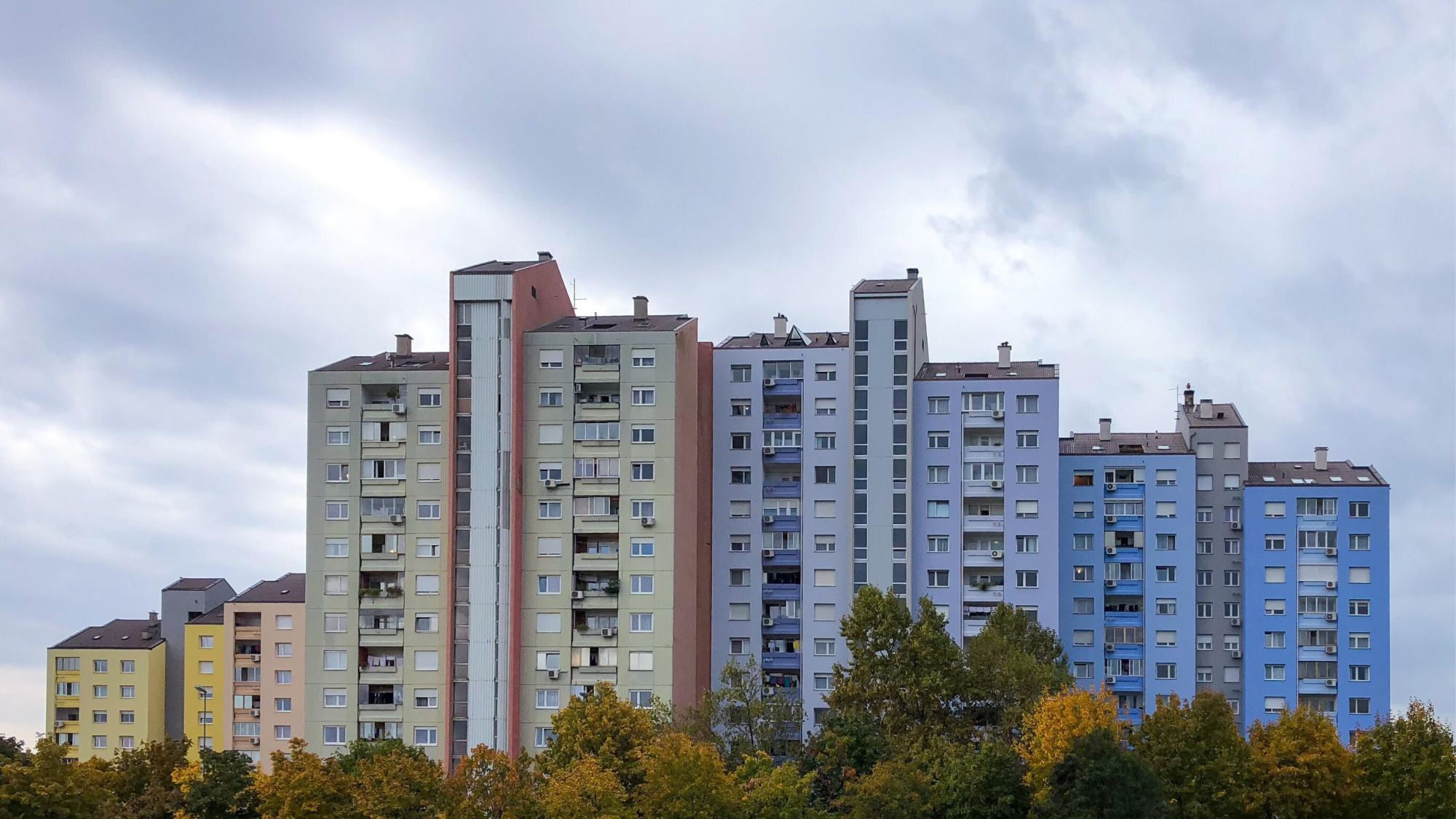
Nova Gorica: brutalist high-rise apartment blocks and a vibrant arts scene
Over in Nova Gorica, "the population is young" and there's a "big student community", said Burton in The Guardian. Italians cross into the Slovenian town for a "taste of the great outdoors", kayaking on the "fast-flowing" Soca River, and exploring the "maze of bike tracks and walking paths" in the nearby forests.
Be sure to visit the Nova Gorica Arts Centre, which local musician and cultural ambassador Tijana Boric tells BBC Culture is the "heartbeat" of the town's "vibrant arts scene". The centre "champions" up-and-coming Slovenian artists, and hosts regular exhibits and performances. And to "soak up the city's edgy music scene", head to Mostovna – a "punky" industrial space where you can "catch anything from rock, soul and orchestral music to comedy and art exhibitions".
For "elevated cuisine", consider booking a table at the Michelin-starred Dam restaurant which offers a "modern take on Slovenian cuisine" in a "moody, seductive" setting. Or, for something a bit more laid back, Boric advises paying a visit to Fabrika to sample the gastropub's "extensive" menu and craft beers.
Before you leave, head to Kostanjevika, said Charney on BBC Culture. The 16th-century hilltop Franciscan monastery is surrounded by "scent-heady Bourbon roses and gnarled chestnut trees", and has been "lovingly restored" since it was almost entirely destroyed during the First World War. It's the "perfect place" to soak up the sweeping views across both towns.
Irenie Forshaw is a features writer at The Week, covering arts, culture and travel. She began her career in journalism at Leeds University, where she wrote for the student newspaper, The Gryphon, before working at The Guardian and The New Statesman Group. Irenie then became a senior writer at Elite Traveler, where she oversaw The Experts column.
-
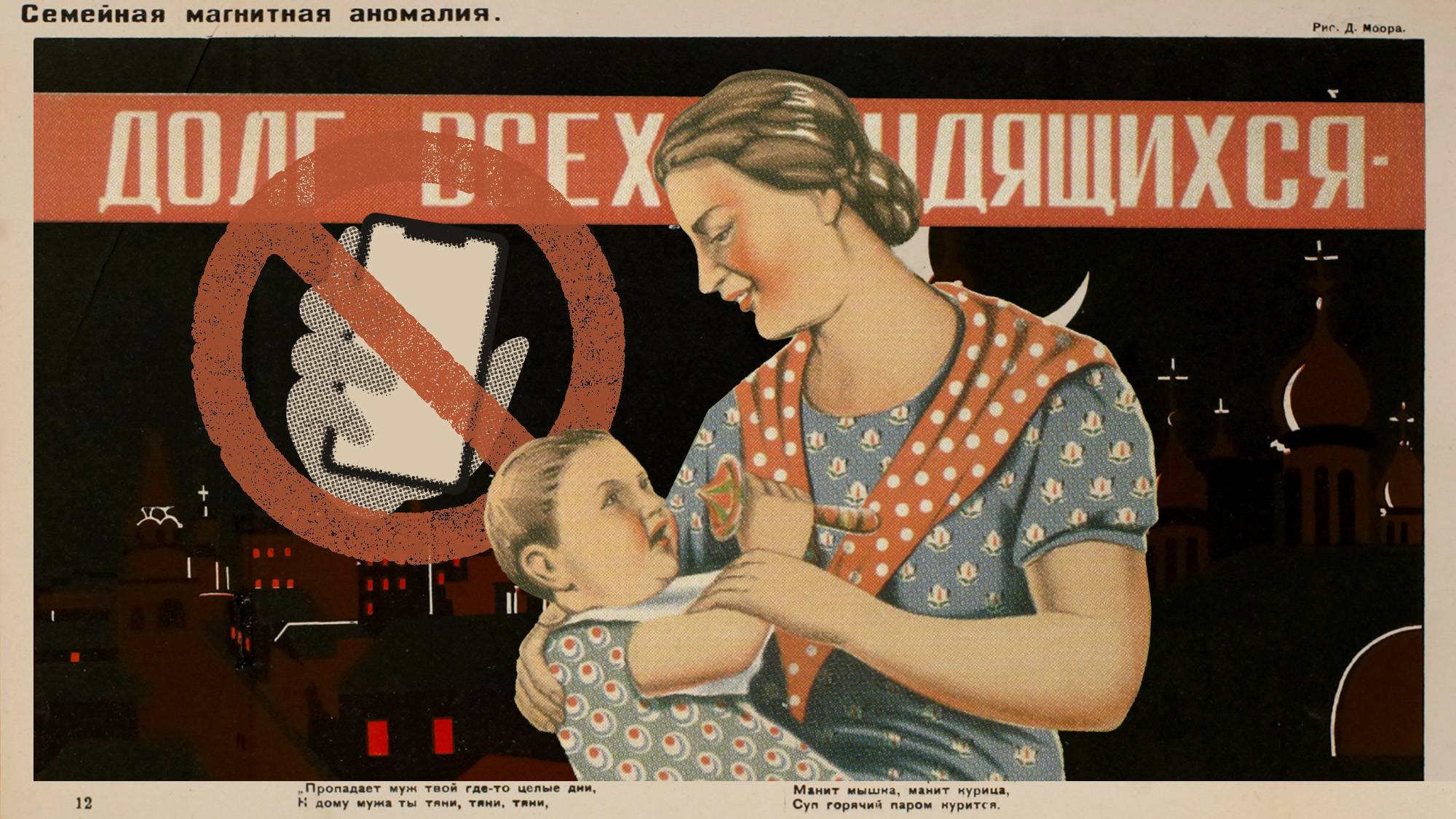 Russia’s ‘weird’ campaign to boost its birth rate
Russia’s ‘weird’ campaign to boost its birth rateUnder the Radar Demographic crisis spurs lawmakers to take increasingly desperate measures
-
 Could smaller cars bring down vehicle prices?
Could smaller cars bring down vehicle prices?Today’s Big Question Trump seems to think so, but experts aren’t so sure
-
 2025’s most notable new albums
2025’s most notable new albumsThe Week Recommends These were some of the finest releases of the past year
-
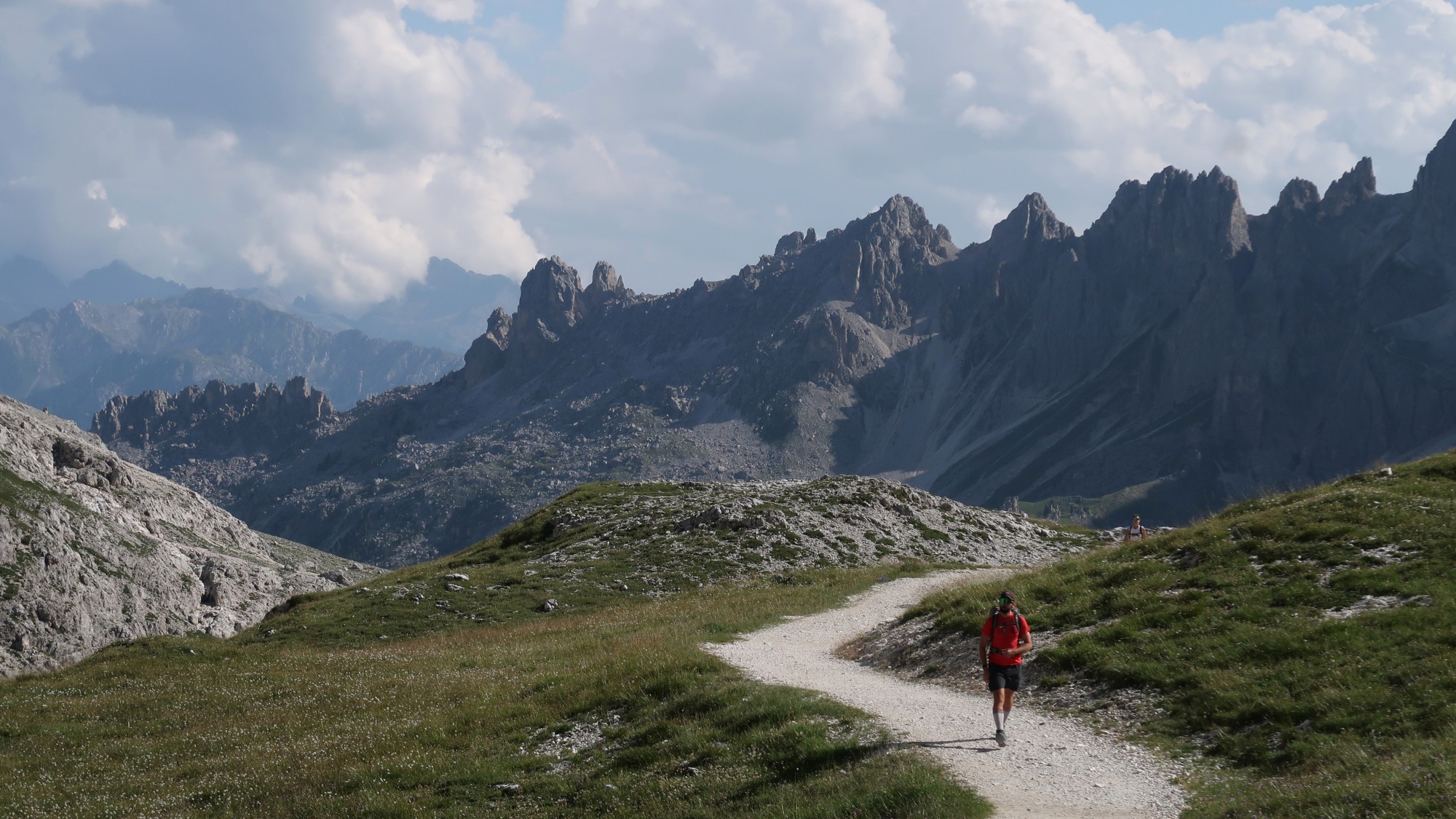 The best adventure holidays for adrenaline junkies
The best adventure holidays for adrenaline junkiesThe Week Recommends Five destinations perfect for outdoor thrill-seekers
-
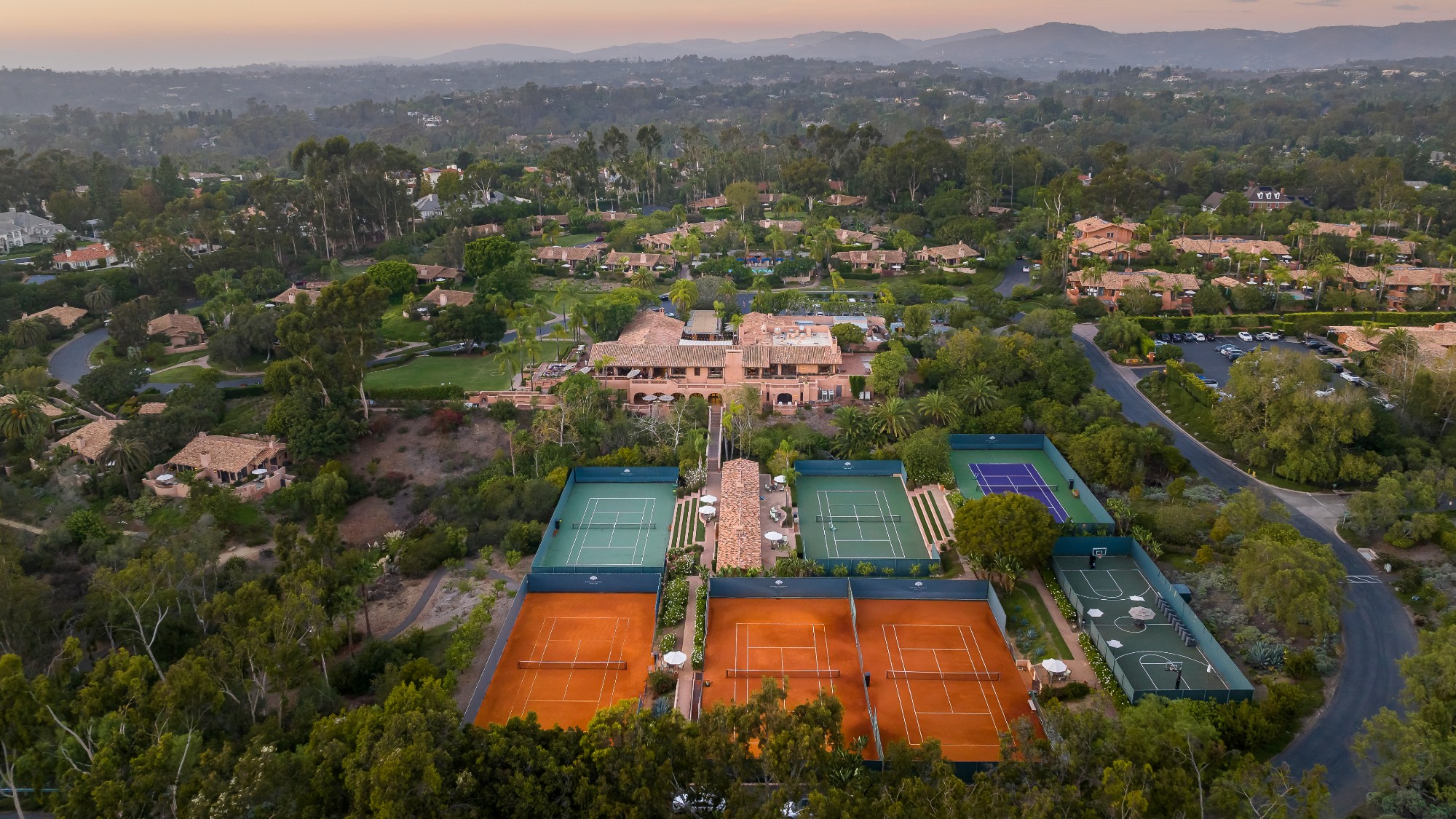 8 hotels with ace tennis courts
8 hotels with ace tennis courtsThe Week Recommends Bring your A game
-
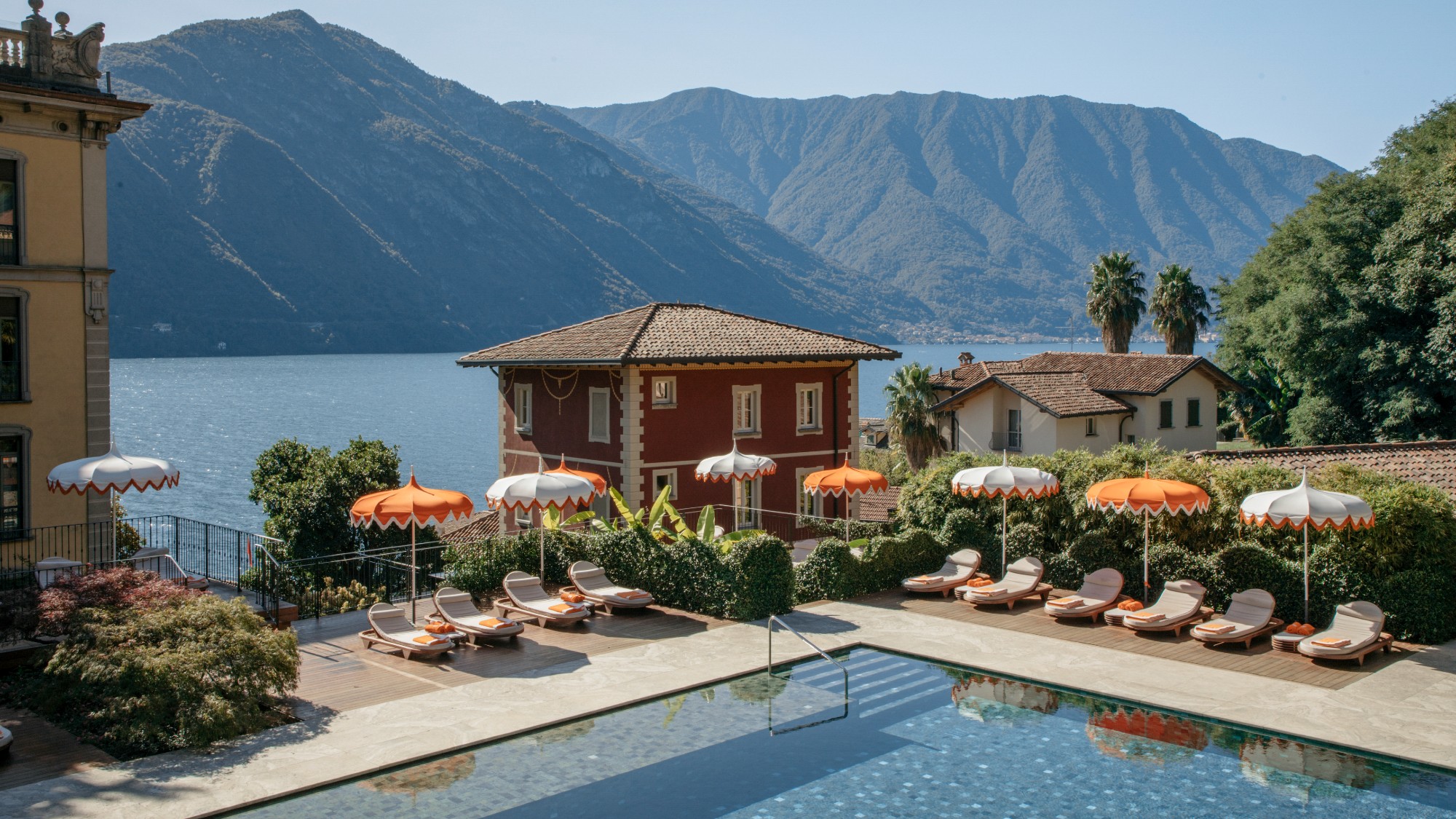 Experience the cool of these 11 stunning pools and lazy rivers this summer
Experience the cool of these 11 stunning pools and lazy rivers this summerThe Week Recommends You'll want to dive right in
-
 One great cookbook: 'Salt to Taste'
One great cookbook: 'Salt to Taste'The Week Recommends Your roadmap to satisfying Italian home cooking
-
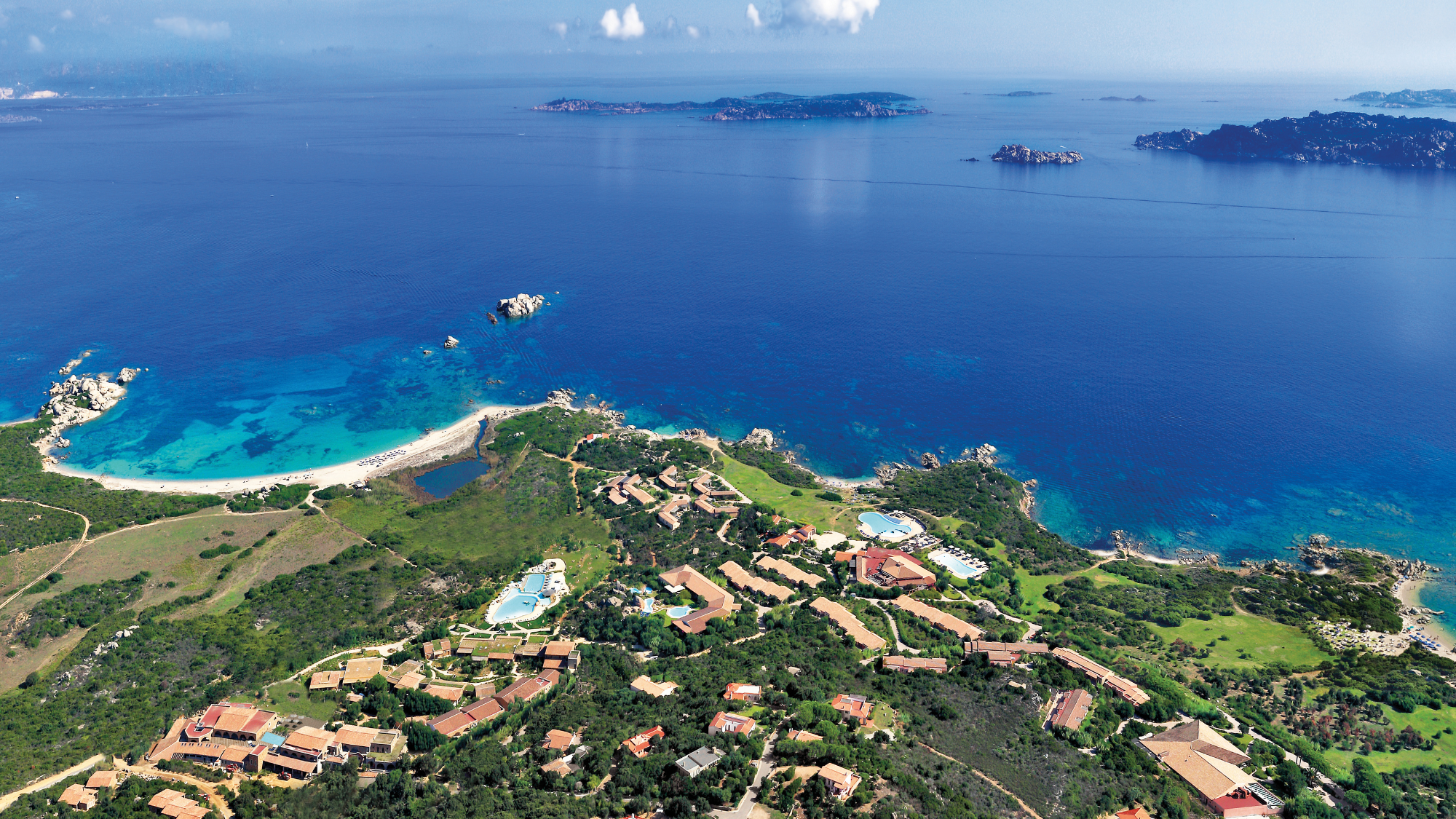 Valle dell'Erica Thalasso & Spa: a tranquil haven in Sardinia
Valle dell'Erica Thalasso & Spa: a tranquil haven in SardiniaThe Week Recommends This family-friendly resort is steps from the sea and boasts a well-equipped kids' club
-
 I Am Giorgia: 'self-serving' yet 'amazing story' of Italy's first female prime minister
I Am Giorgia: 'self-serving' yet 'amazing story' of Italy's first female prime ministerThe Week Recommends Giorgia Meloni, once a 'short, fat, sullen, bullied girl', explains how she became one of the most powerful people in politics
-
 Feel the groove with these music-centric getaways across the globe
Feel the groove with these music-centric getaways across the globeLet the rhythm move you
-
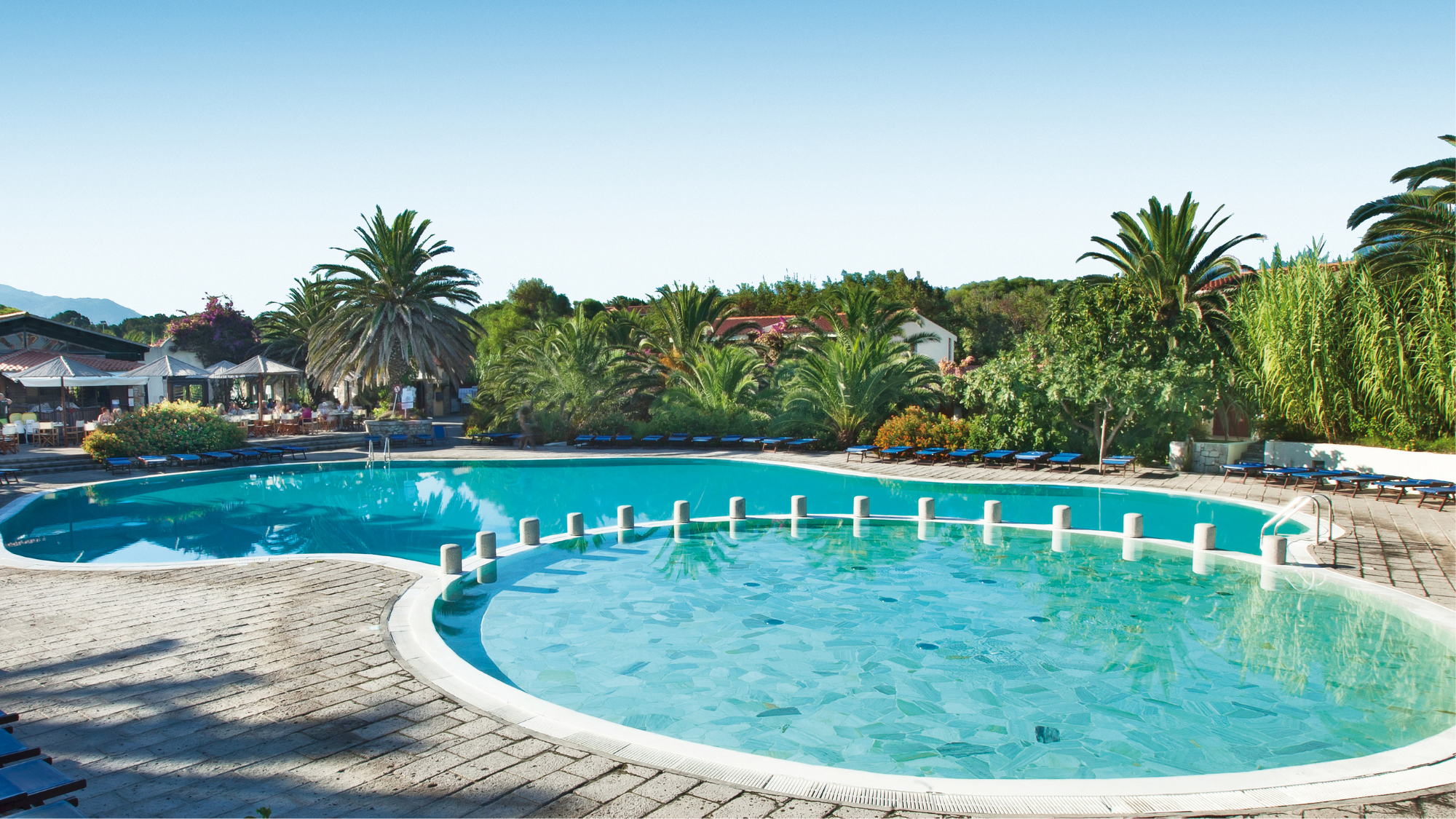 Hotel La Duna Bianca: all-inclusive indulgence in northern Sardinia
Hotel La Duna Bianca: all-inclusive indulgence in northern SardiniaThe Week Recommends Set among the sand dunes of Badesi, this sprawling retreat is less a resort and more a self-contained luxury village